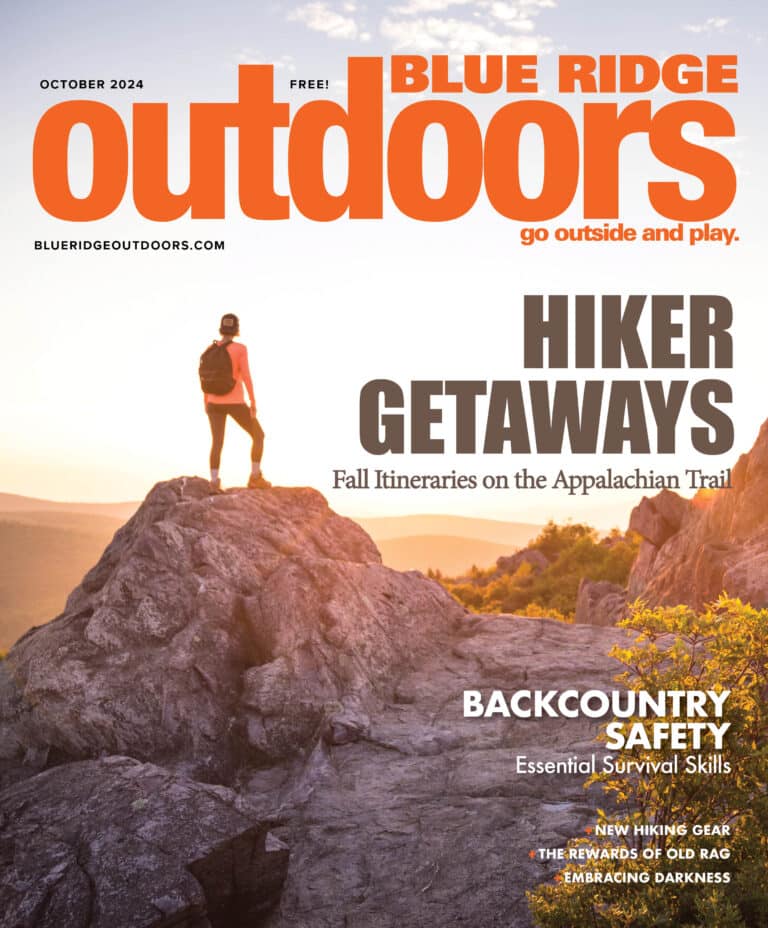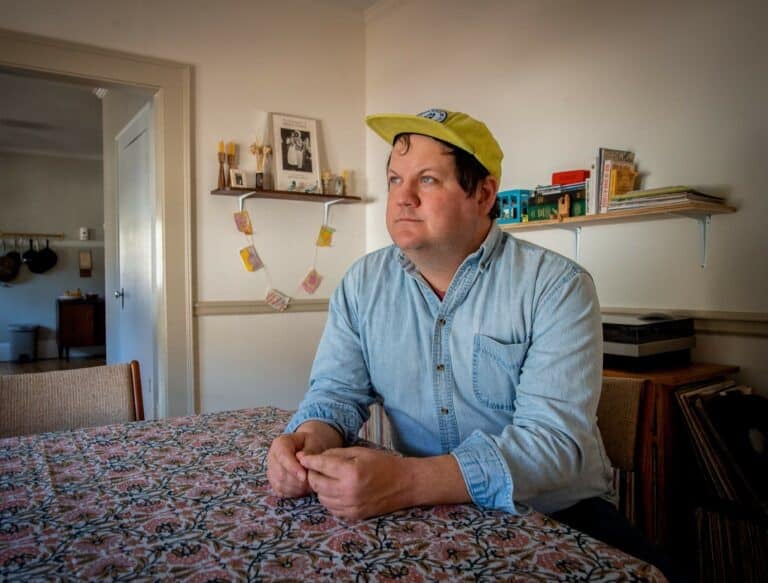Marathon Celebrates Historic Hatfield-McCoy Feud
The legendary feud between the West Virginia Hatfields and Kentucky McCoys has thrived as an engaging tale of mountain lore and an enduring metaphor for family rivalry. It’s a story that includes plenty of cinema-worthy drama: brutal revenge murders, late-night fire raids, shady trials, and even a Romeo and Juliet-style romance. For years, the families, who lived on opposite sides of the Tug Fork River, engaged in an ongoing bloody battle that left many on both sides dead.
Bygones have long been bygones since the families called a ceasefire in 1891, but the legacy of the famous feud still lingers in the remote rural border area of the scenic Tug River Valley, mainly through the annual Hatfield and McCoy Reunion Festival.
“We now live here in perfect peace and harmony,” says David Hatfield, a descendent of William “Devil Anse” Hatfield, patriarch of the family during the feud. “It’s turned into a fun reason to celebrate.”
 In 2000, David Hatfield, an avid runner and President of the Tug Valley Road Runners Club, organized a new way to honor the historic rivalry. Instead of fighting with guns, knives, and nooses, he pitted Hatfields and McCoys against each other in a rugged 26.2-mile footrace in the feud’s heartland. As a playful nod to the past, the marathon field is evenly divided, and each half is designated either a Hatfield or a McCoy. There are also a handful of actual Hatfields and McCoys who run every year for their respective sides. The half with the lowest cumulative time wins. The Hatfields currently have the lead, 6-4, after winning the race for the third straight year in 2009.
In 2000, David Hatfield, an avid runner and President of the Tug Valley Road Runners Club, organized a new way to honor the historic rivalry. Instead of fighting with guns, knives, and nooses, he pitted Hatfields and McCoys against each other in a rugged 26.2-mile footrace in the feud’s heartland. As a playful nod to the past, the marathon field is evenly divided, and each half is designated either a Hatfield or a McCoy. There are also a handful of actual Hatfields and McCoys who run every year for their respective sides. The half with the lowest cumulative time wins. The Hatfields currently have the lead, 6-4, after winning the race for the third straight year in 2009.
In the marathon’s first year, only 20 runners entered the full marathon, but Hatfield was surprised that nearly all of them were from out of state. The race has steadily grown and become a popular underground destination race.
The 2010 race expects a field of 500 runners from 36 states.
“From the first year, runners were coming from all over the country,” says Hatfield. “Some have come all the way from New Zealand, Australia, and Poland. They’re curious about the history and intrigued by the area.”
It certainly takes something special to draw an international field of runners to the middle of coal country in mid-June’s sticky Southern humidity. The course is predominantly steep Appalachian country roads with winding hairpin turns and some unforgiving ascents.
“The day is usually warm and muggy—and the course is challenging—but you’re always among a diverse field from far reaches,” says avid marathoner and race veteran Dane Rauschenberg.
And the route is intriguing, as it crosses the Tug River five times—much like the weapon-wielding families did regularly during raids. Pavement-pounding history buffs run past the feud’s most famous sites where key feud events occurred, including the Election Day killing of Devil Anse’s brother, Ellison, and the retaliation murders of Tolber, Bud, and Pharmer McCoy, who were tied to pawpaw bushes and shot repeatedly at close range. For runners, it beats the usual corporate expo overload and offers an opportunity to relive a great American story among rural small town charm.
“It’s a chance to be an honorary Hatfield or McCoy for a day,” says Rauschenberg. “American history is rich, but not eons long. We don’t have centuries-long feuds with neighboring countries or clans. But we have the Hatfields and the McCoys—our equivalent of the Montagues and the Capulets. The battle rages on, but this time without bullets.”
FEUD SITES ON THE COURSE
– Hog Trial –
In 1878 the Hatfield-McCoy feud was fully ignited after a confrontation over a pig. When Randolph McCoy visited Floyd Hatfield, he noticed a pig with a McCoy marking on its ear. Randolph accused Floyd of stealing the pig and brought a suit against him to recover the hog. Randolph’s nephew Bill Staton testified and swore that the pig belonged to Hatfield. He was later killed in a McCoy shootout, and the incident sparked bloody rage for the next decade and a half.
– Burial Site of Rosesanna’s Baby –
A forbidden romance took place between Devil Anse Hatfield’s son, Johnse, and Rosesanna McCoy. After a gang of McCoys surrounded Johnse and took him to jail, Rosesanna betrayed her family and rode to Devil Anse to inform him of his son’s capture. Devil Anse was able to free his son, but Johnse ended his relationship with Rosesanna, leaving her alone and pregnant. She eventually had a miscarriage. The baby is buried along the course on Route 292.
– Election Day Fight –
In 1882 Devil Anse’s brother Ellison Hatfield was killed during an Election Day fight by three McCoy brothers—Tolbert, Pharmer, and Randolph, Jr. After the three brothers were arrested and taken to the Pikeville Jail, Devil Anse organized a posse and captured the three McCoys from the jail. They were later tied to a group of pawpaw bushes and riddled with over 50 bullets. The site of the shooting is along Route 1056, while the site of the initial fight is on Route 319.
– New Year’s Day Raid –
In 1888, the Hatfields raided Randolph McCoy’s cabin on New Year’s Day and burned it to the ground. Although the McCoy patriarch and his wife escaped, the fire claimed the life of his daughter and son. Ellison Mounts was later hanged for the raid. This was the last major event in the feud. The site of the McCoy house is located on Main Street in Pikeville.






